Cardiomyopathy.
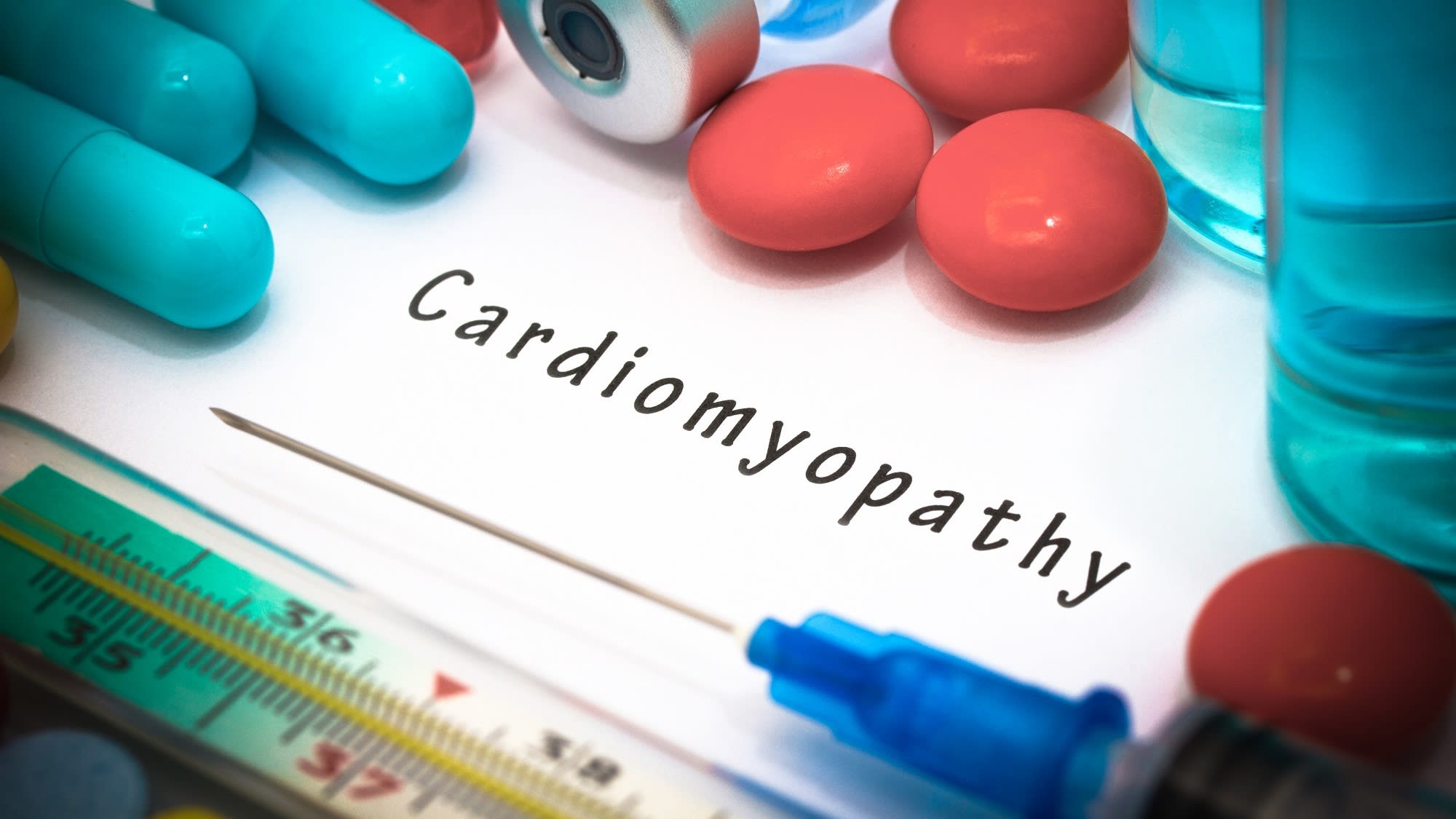
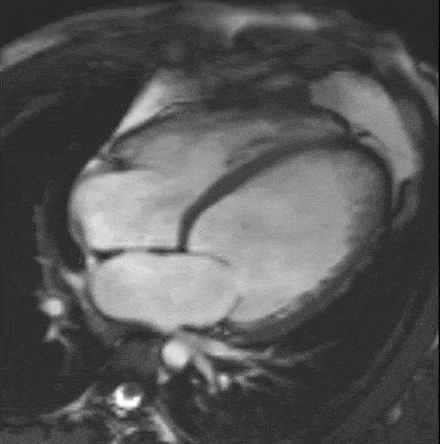
The first 3 answers are generally the starting point when it comes to classifying cardiomyopathies. Each type has multiple different causes.
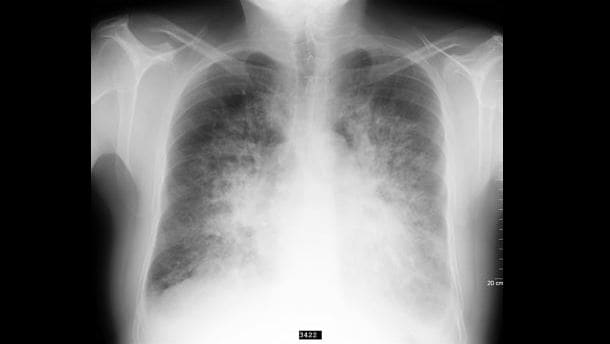
The presentation and CXR are consistant with acute pulmonary oedema. He has low 02 and a good BP so the second answer is best. It will improve his oxygenation, decrease his work of breathing, decrease his afterload (and preload) and the ECG may reveal a precipitant cause like a STEMI.
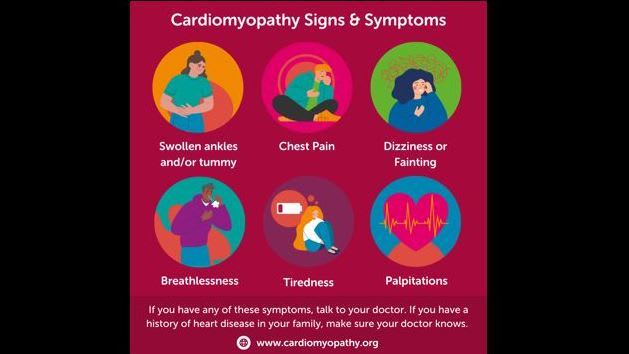
Being over the age of 30yrs is an independant risk factor for this fairly rare condition.
Hypertrophic cardiomyopathy used to my known as HOCM (Hypertrophic obstructive cardiomyopathy) but was changed because in 75% of patients with the classical asymmetric hypertrophy of the septum there was no outlet obstruction.
It is the number 1 cause of sudden cardiac death in young people.
The coroner said he had dilative cardiomyopathy and myocarditis which contributed to his death.

Interestingly and although very rare in the western world
'Endomyocardial fibrosis" is a disease of uncertain cause that causes restrictive cardiomyopathy. It affects 12 million children and young adults every year and tends to affect the rural poor in tropical countries.
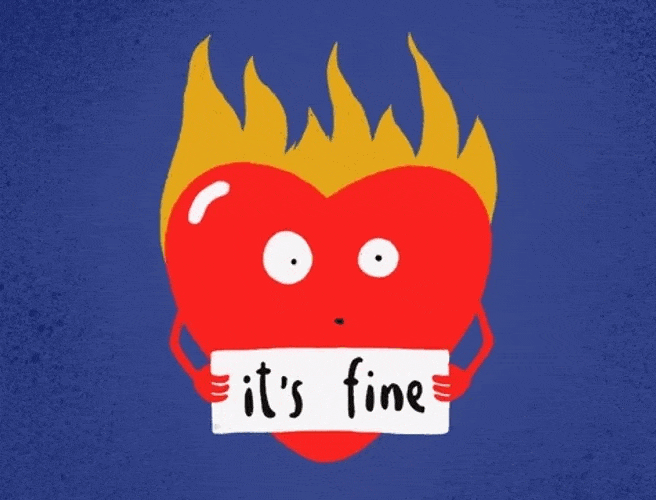
An example of the complex and poorly understood relationship between the brain and the heart.
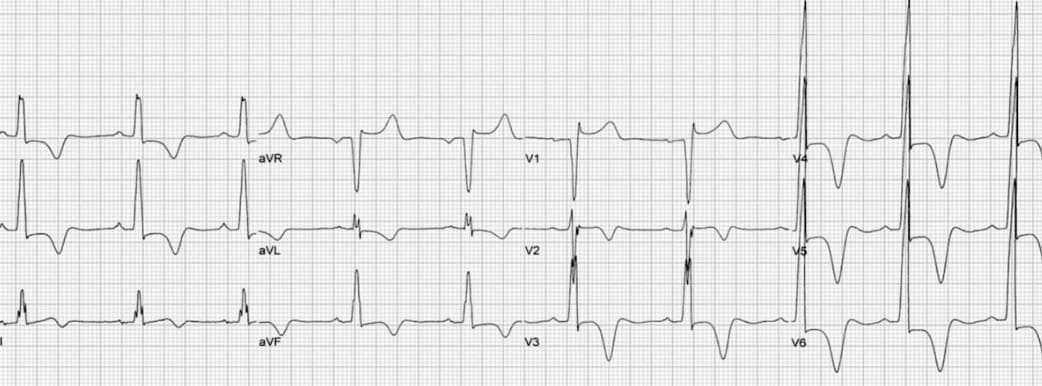
It is a form of non obstructive hypertrophic cardiomyopathy, mainly affecting the apex of the heart. It makes up 10 to 25% of hypertrophic cardiomyopathy cases in Japan.

As these pumps create a continuous flow of blood, the patient will not have a pulse. The Fiona Stanley Hospital in WA has 15 to 20 patients in the community with VADs---but no other state does this. They call this "destination" therapy in patients not eligible for a heart transplant but eligible for a VAD.
It was apparently 27 people who presented not 10. Takotsubo is the Japanese name for an octopus trap---Tako (octopus) tsubo (trap).